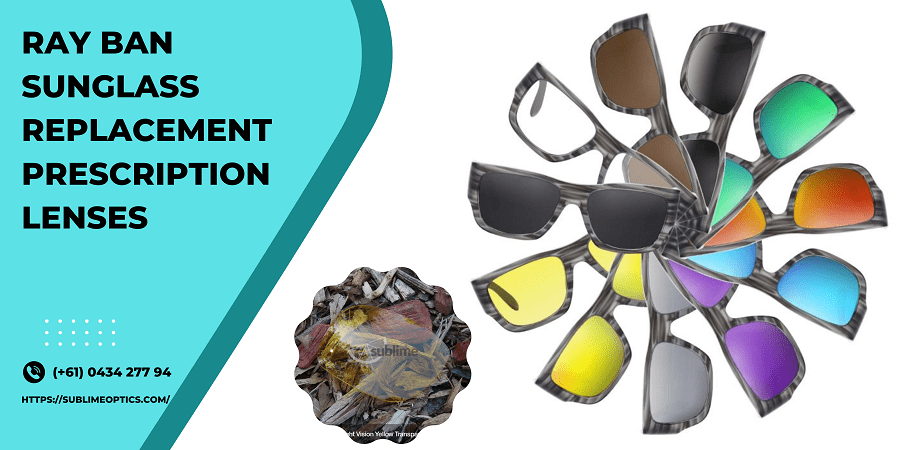Ray Ban is a popular brand of sunglasses that is known for its style, durability, and high-quality lenses. However, over time, your Ray Ban sunglasses may experience wear and tear, which can lead to scratches, cracks, or even broken lenses. In such cases, replacing the lenses becomes a necessary step to maintain the quality of your sunglasses.
If you wear prescription glasses, you might also need to replace the original lenses with prescription lenses. We will guide you through the benefits of replacing your Ray Ban sunglass lenses with prescription lenses and how to go about it.
The Benefits of Replacing Your Ray Ban Sunglass Lenses with Prescription Lenses
Ray-Ban offers replacement lenses for all its sunglass models, ensuring that users can continue to enjoy their favorite eyewear without having to purchase new frames. The replacement lenses are available in a range of colors, including polarized options that reduce glare and enhance visual clarity.
Improved Vision: Prescription lenses are designed to correct various visual problems, such as nearsightedness, farsightedness, astigmatism, and presbyopia. By replacing your Ray Ban sunglass replacement lenses with prescription lenses, you can enjoy the same visual acuity as you do with your regular glasses. This means you can see clearly and comfortably, especially when you’re outdoors.
Convenience: If you wear prescription glasses, you probably have to switch between your regular glasses and sunglasses every time you go outside. However, by replacing your Ray Ban sunglass replacement lenses, you no longer have to carry two pairs of glasses. You can simply wear your sunglasses with your prescription lenses and enjoy the benefits of both.
Style: Ray Ban sunglasses are known for their stylish designs, and by replacing the lenses with prescription lenses, you can maintain the same style and fashion statement. Replacement prescription lensesare available in different materials, such as polycarbonate, high-index, and glass, and you can choose the one that suits your needs and preferences.
You can consult with your eye doctor or optometrist to determine the type of lenses that are suitable for your vision needs. To remove the old lenses from your Ray Ban sunglasses, gently push the lens out of the frame using your fingers. Be careful not to apply too much pressure or force, as this can damage the frame.
Once you have installed the new lenses, try on your sunglasses to ensure they fit properly. If necessary, you can adjust the nose pads or temple arms to achieve a comfortable and secure fit.
Users can easily replace the lenses themselves using a few basic tools, or they can take their sunglasses to a Ray-Ban authorized dealer for professional replacement.
Ray-Ban replacement lenses are made using high-quality materials and are designed to withstand daily wear and tear. The lenses are scratch-resistant and offer superior UV protection, ensuring that users can enjoy their sunglasses for years to come.
With a range of color options and polarized lenses available, users can customize their sunglasses to suit their style and needs. So, if you have scratched or damaged Ray-Ban lenses, consider replacing them with high-quality replacement prescription lenses for a cost-effective solution. Replacing your Ray Ban sunglass lenses withprescription lensesis a great way to improve your vision, convenience, and style. By following the above steps, you can easily replace the original lenses with prescription lenses and enjoy the benefits of both glasses and sunglasses. If you’re not sure about the type of lenses that are suitable for your vision needs, consult with your eye doctor or optometrist to determine the best options for you.

As the editor of the blog, She curate insightful content that sparks curiosity and fosters learning. With a passion for storytelling and a keen eye for detail, she strive to bring diverse perspectives and engaging narratives to readers, ensuring every piece informs, inspires, and enriches.









